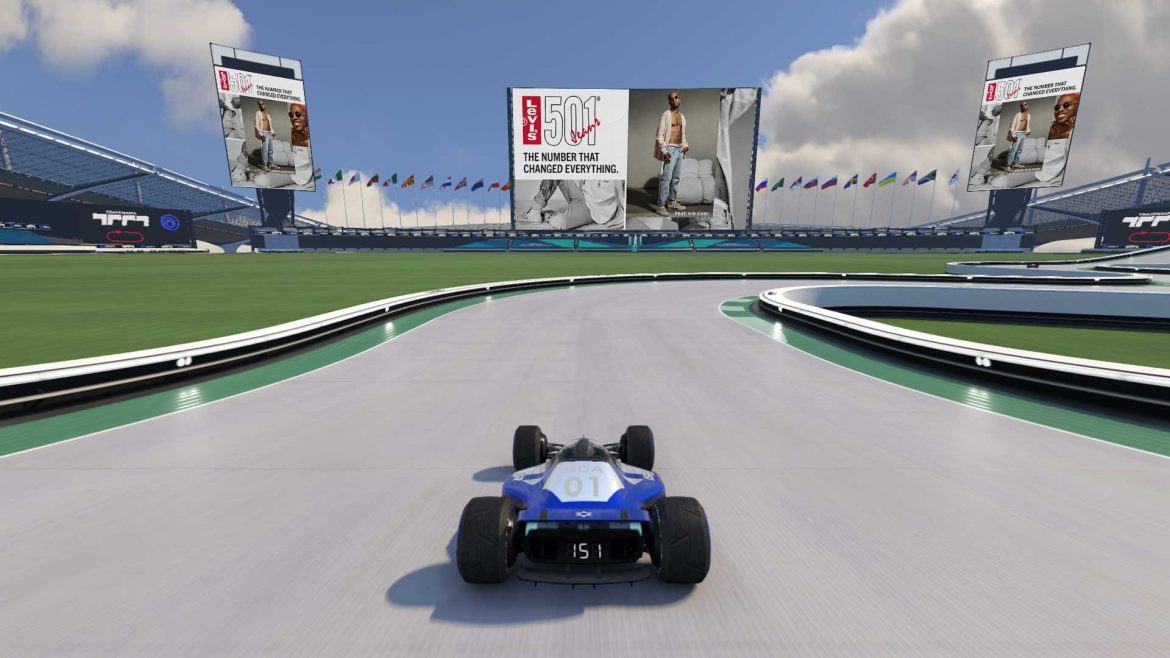In the ever-evolving landscape of advertising, marketers are constantly seeking innovative ways to engage their target audiences. One such frontier that has gained significant traction in recent years is in-game advertising. This dynamic and immersive form of advertising not only captures the attention of gamers but also presents unique opportunities for brands to connect with consumers in a meaningful way. In this article, we will explore the world of in-game advertising, its growth, effectiveness, and the exciting possibilities it offers to marketers.
The Rise of In-Game Advertising
Gaming as a Cultural Phenomenon
Gaming has transcended its status as a niche hobby and has become a cultural phenomenon. With over 2.7 billion gamers worldwide, the gaming industry has garnered mainstream attention. Gamers of all ages and backgrounds spend hours immersed in virtual worlds, presenting a captive and diverse audience for advertisers.
Evolution of Advertising Models
Traditional advertising channels, such as TV and print media, have faced challenges in reaching younger and digitally-savvy audiences. As a result, brands have turned to in-game advertising as a more effective way to connect with their target demographics. In-game ads seamlessly blend into the gaming experience, making them less intrusive and more engaging.
Types of In-Game Advertising
Static Ads
Static in-game ads are akin to billboards or posters within the gaming environment. They can be placed strategically throughout the game world, such as on walls, buildings, or stadium banners. Static ads offer excellent visibility and can effectively reinforce brand awareness.
Dynamic Ads
Dynamic in-game ads are more versatile and adaptive. They can be updated and changed in real-time, allowing brands to run timely and contextually relevant campaigns. Dynamic ads often appear in sports and racing games, where billboards and signage can be dynamically altered to showcase different brands.
Product Placement
Product placement is a subtle yet powerful form of in-game advertising. It involves integrating a brand’s products or logos directly into the game’s storyline or environment. For example, a character in a game might drink a specific brand of soda or use a particular smartphone. Product placement creates a deep connection between the brand and the gamer.
Effectiveness of In-Game Advertising
High Engagement Levels
One of the key advantages of in-game advertising is its ability to capture the undivided attention of gamers. Unlike traditional ads that viewers can skip or ignore, gamers actively interact with in-game environments, increasing the likelihood of noticing and engaging with ads.
Targeted Marketing
In-game advertising offers advanced targeting capabilities. Marketers can select games that align with their brand’s audience and demographics. This precision targeting ensures that ads reach the right consumers, maximizing the return on investment.
Measurable Results
In-game advertising provides valuable data and analytics. Marketers can track metrics such as impressions, click-through rates, and conversions, allowing them to measure the effectiveness of their campaigns accurately. This data-driven approach enables marketers to refine their strategies for optimal results.
The Future of In-Game Advertising
Virtual Reality (VR) and Augmented Reality (AR)
As VR and AR technologies continue to advance, in-game advertising is poised to enter new dimensions. Imagine experiencing a virtual world where every object can be a potential advertising platform. Brands can create immersive ad experiences that seamlessly blend with the gaming environment.
Integration with Esports
Esports, competitive video gaming, has exploded in popularity. Tournaments and live streams attract massive global audiences. In-game advertising can play a significant role in esports, with ads appearing in virtual arenas, on player jerseys, and even within game broadcasts.
Ethical Considerations
As in-game advertising evolves, ethical considerations must be addressed. Gamers and regulators are increasingly concerned about the intrusion of ads into gaming experiences. Striking a balance between effective advertising and respecting the gaming community’s values will be crucial for the industry’s long-term success.
Conclusion
In-game advertising represents a new frontier for marketers, offering innovative ways to engage audiences in an ever-expanding gaming ecosystem. With its ability to capture attention, provide targeting precision, and offer measurable results, in-game advertising is more than just a passing trend—it is a powerful tool in the modern marketer’s toolkit. As technology continues to advance, the integration of in-game advertising with virtual reality, augmented reality, and esports promises exciting opportunities for brands to connect with consumers in dynamic and immersive ways. As the gaming industry continues to thrive, in-game advertising is set to play an increasingly prominent role in the world of advertising and marketing.

